Head of Shakyamuni Buddha on a stand
Afghanistan/Pakistan
Ancient Gandhara region
2nd-4th century AD
Our Buddha head is distinguished by a full face, with delicately drawn brow ridges meeting at the base of an aquiline nose, with slightly dilated nostrils that blend harmoniously with the forehead. The half-closed eyes, with their heavy eyelids, and the mouth with its upturned and deeply hollowed corners, convey a sense of serenity and profound inner peace. The hair, forming a slight V at the base of the forehead, is swept back and styled in fine, regular rows forming a topknot.
The ancient region of Gandhara, at the crossroads of Iranian, Greek, Indian, and nomadic civilizations, was for sixteen centuries an almost obligatory passage route for caravans linking the West to China. A Hellenistic foundation, sustained by the trade in luxury goods exported from the Mediterranean basin, blends with Parthian and Indian influences to create a highly sensitive Buddhist iconography.
Our Buddha head reveals the Greek influence characteristic of Gandharan art, perceptible in the rigor of the modeling and the naturalism of the features. The straight nose, full and finely outlined lips, heavy, half-closed, slightly drooping eyelids accentuate the expression of inner calm while maintaining a classically inspired naturalism. The gentle balance of volumes recalls the canons of Hellenistic sculpture, subtly adapted here to Buddhist iconography.
Stucco
11.8 x 7.7 cm excluding base
Surface wear, visible damage
Galerie Arcahaïa, Lyon
Contact us: culturesetcivilisations@orange.fr



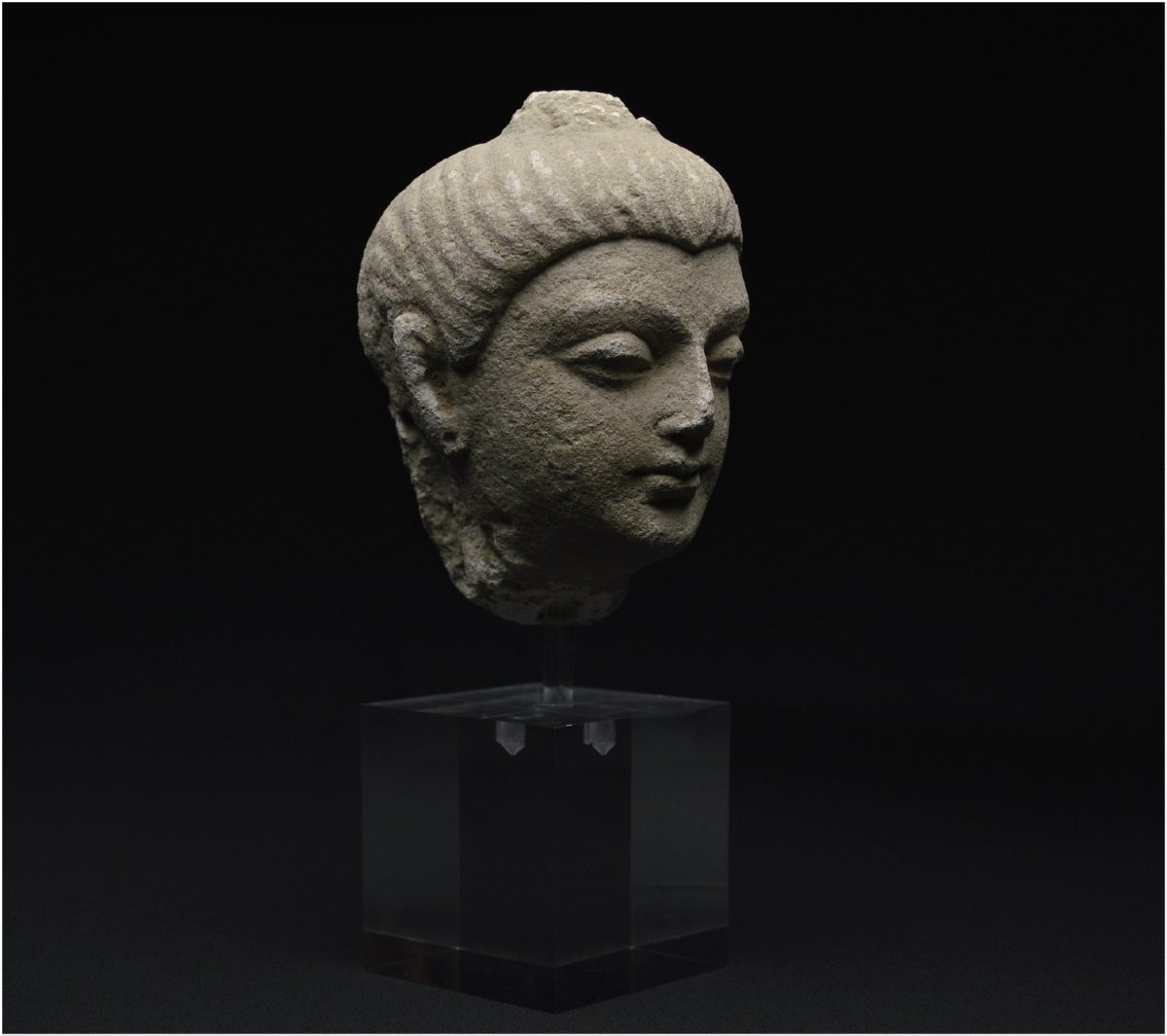
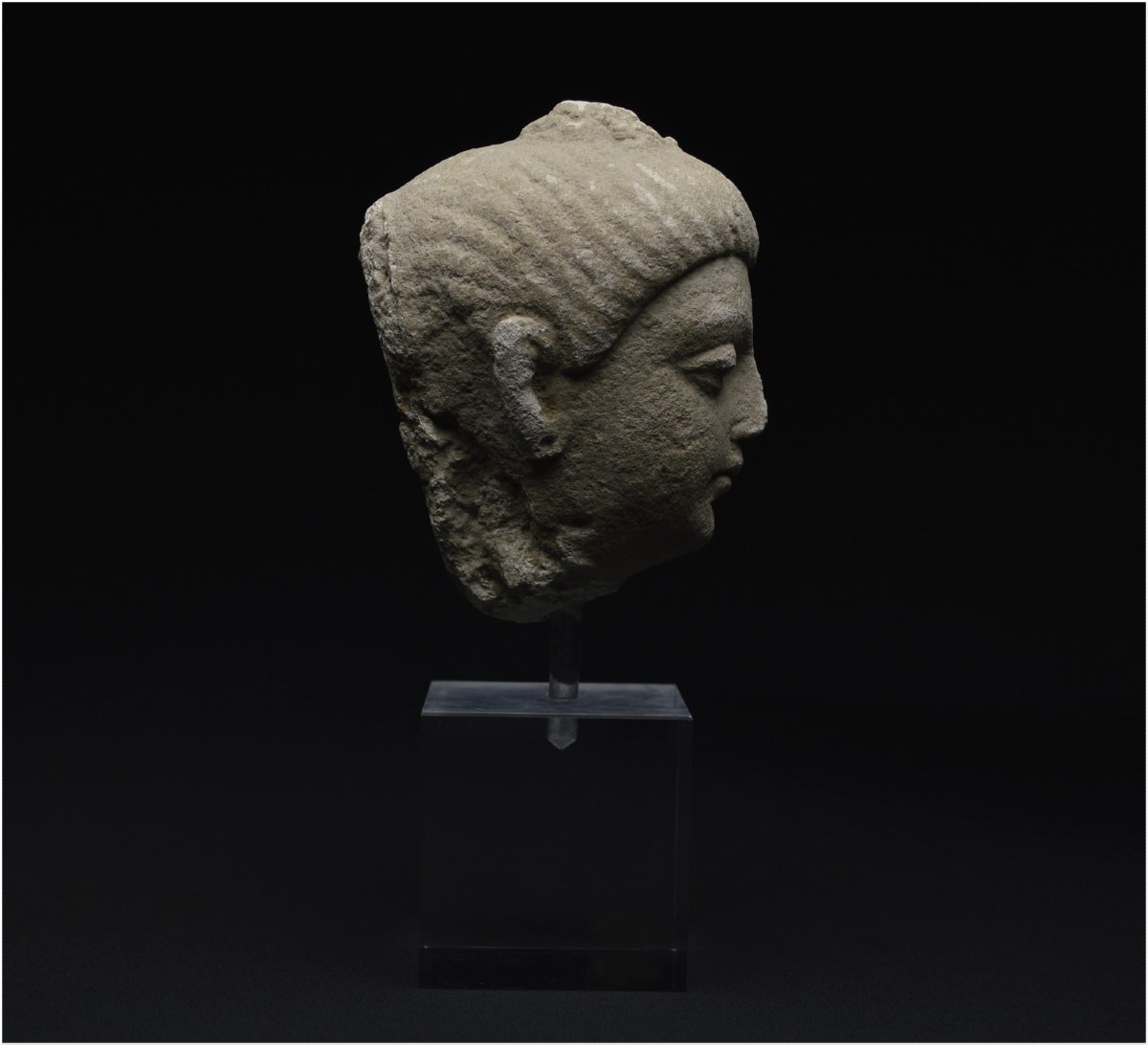




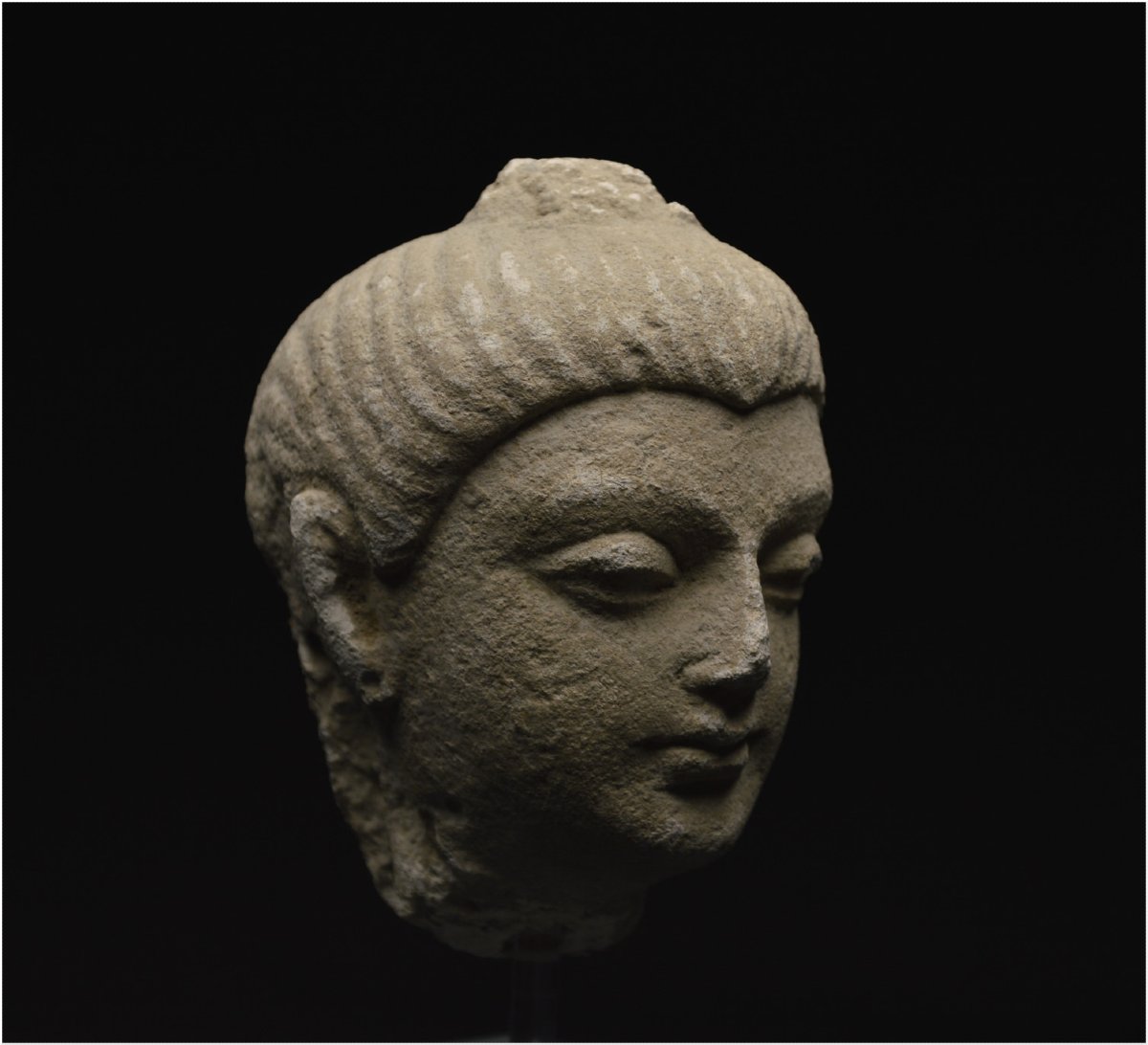

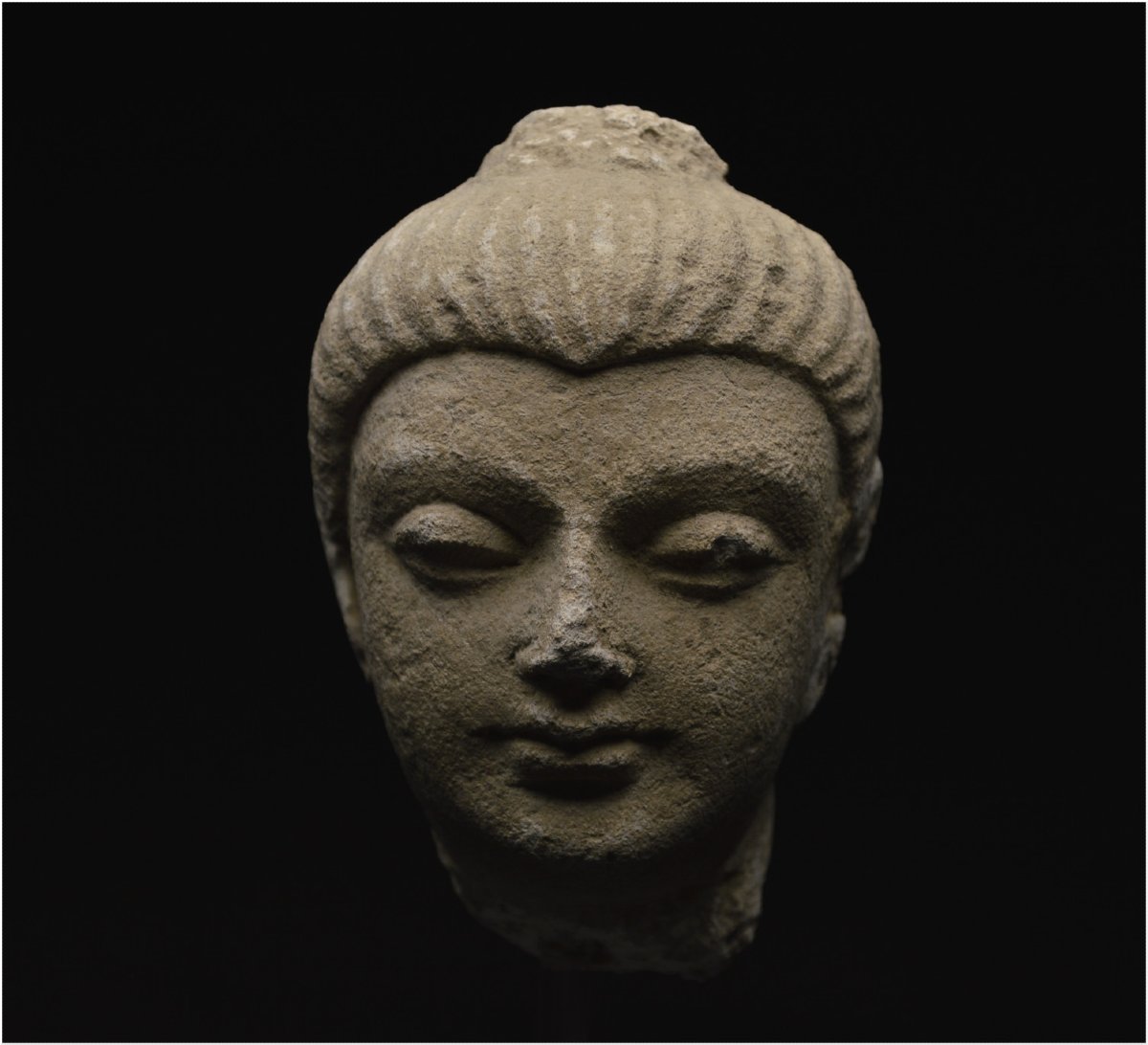


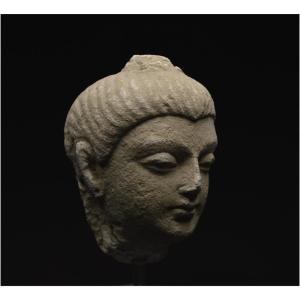














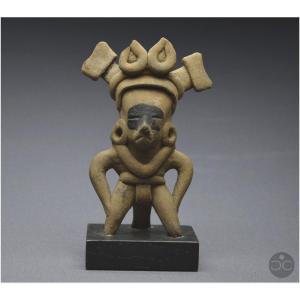

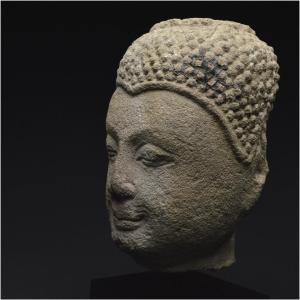





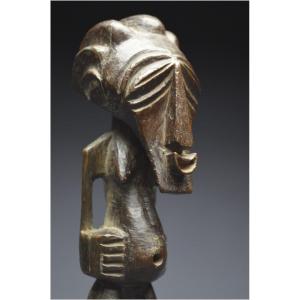



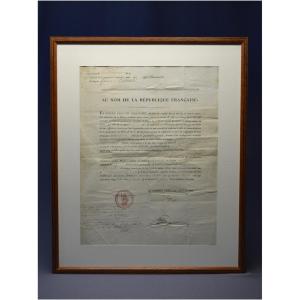
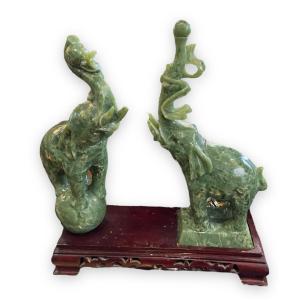

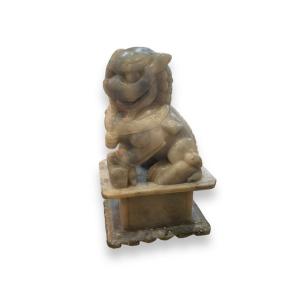
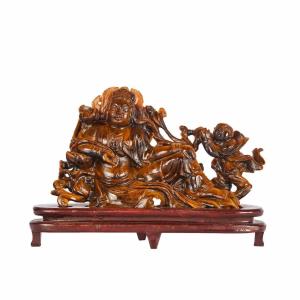




 Le Magazine de PROANTIC
Le Magazine de PROANTIC TRÉSORS Magazine
TRÉSORS Magazine Rivista Artiquariato
Rivista Artiquariato